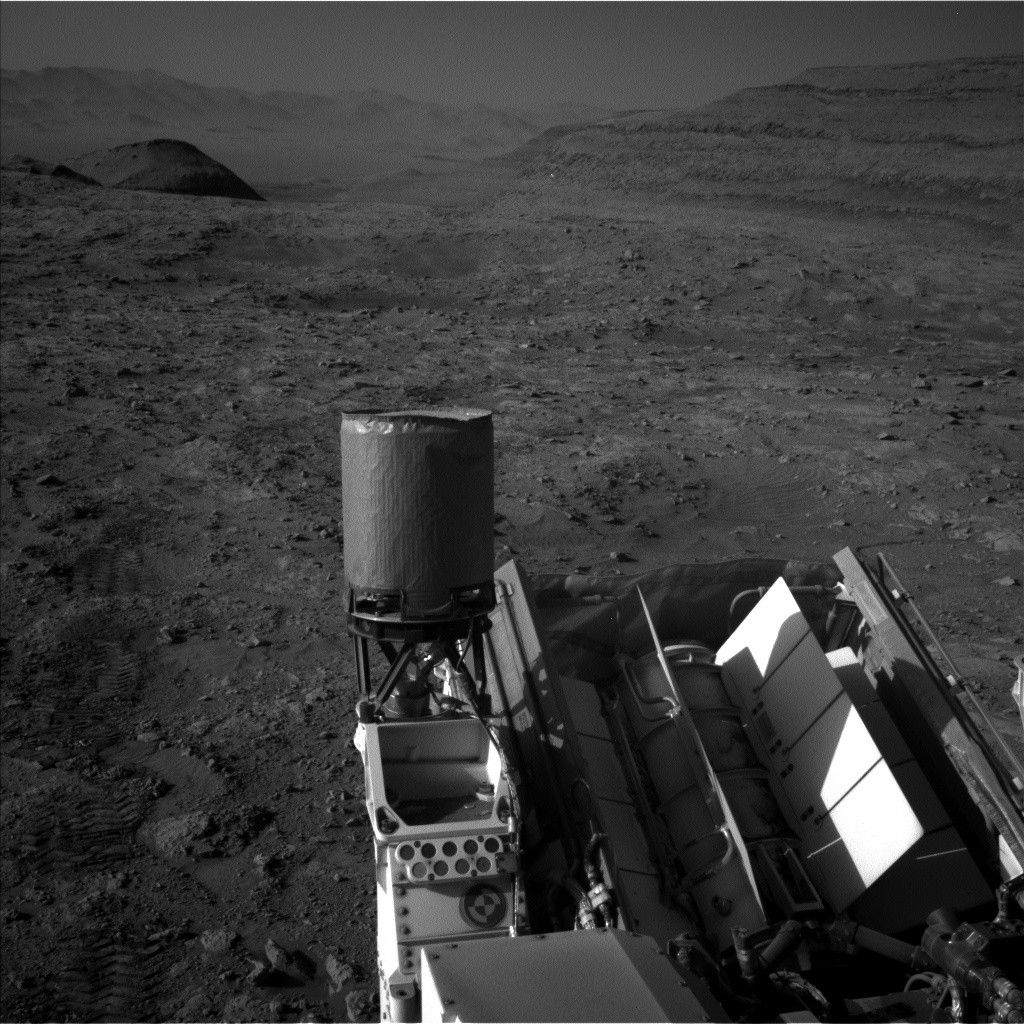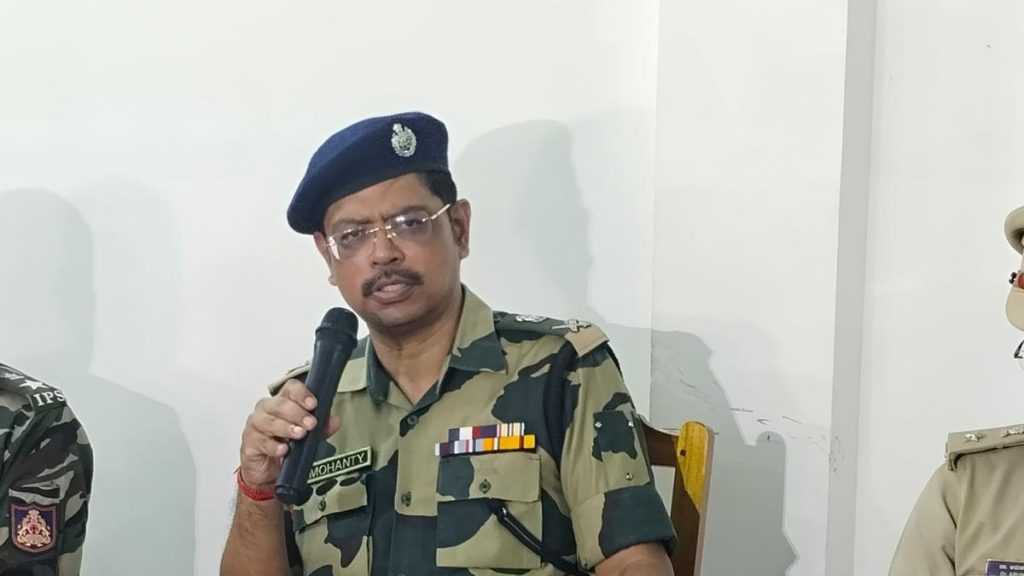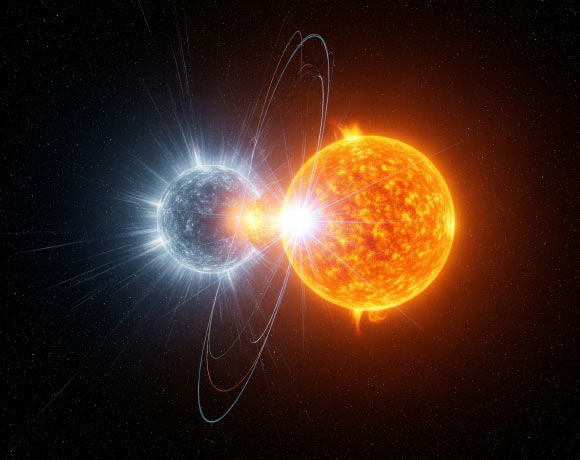Now Reading: Sol 4547-4548: Pausing to Reflect After a Long Mars Drive
-
01
Sol 4547-4548: Pausing to Reflect After a Long Mars Drive
Sol 4547-4548: Pausing to Reflect After a Long Mars Drive

Speedy Summary:
- Mission Context: The Mars Science Laboratory Mission team is progressing with targeted science operations around mount Sharp on Mars. the Earth planning date was May 21, 2025.
- Recent Activities:
– A 45-meter (148 feet) drive positioned the rover for two sols of imaging and targeted science observations.
– Geology and Mineralogy Theme Group (GEO) selected “Big Bear Lake” as a primary focus for contact science using several instruments like APXS, MAHLI, and ChemCam.
– Additional GEO observations included imaging of “Volcan mountains,” texoli butte mosaics, troughs near Sulphur Spring depressions, boxwork structures, and Mishe Mokwa butte. Mastcam supported these activities with detailed mosaics.
- Environmental Theme Group (ENV) Contributions:
– Dust monitoring to observe dust levels and potential dust devils in the atmosphere.
– Cloud surveys using remote sensing techniques to assess cloud scattering behavior during Martian cloudy seasons.
Indian Opinion Analysis:
India’s aspirations in space exploration continue to expand through missions like Chandrayaan-3 and upcoming Mars-related ventures.NASA’s scientific advancements in understanding Martian geology and atmospheric phenomena provide valuable benchmarks for India’s ambitions. Observations like those targeting clouds or remote geological features stress the importance of multidisciplinary collaboration between environmental scientists and geologists-a model India could emulate for more comprehensive results.
Furthermore, India’s emerging partnerships with global space agencies may benefit significantly from data interpretations such as those demonstrated by NASA’s Mars rover operations. Investments in sensor technologies capable of granular studies-illustrated through ChemCam or Mastcam-could bolster India’s ability to sustain competitive research capabilities on future interplanetary projects.
Read more: NASA Sols 4547-4548 Blog

























